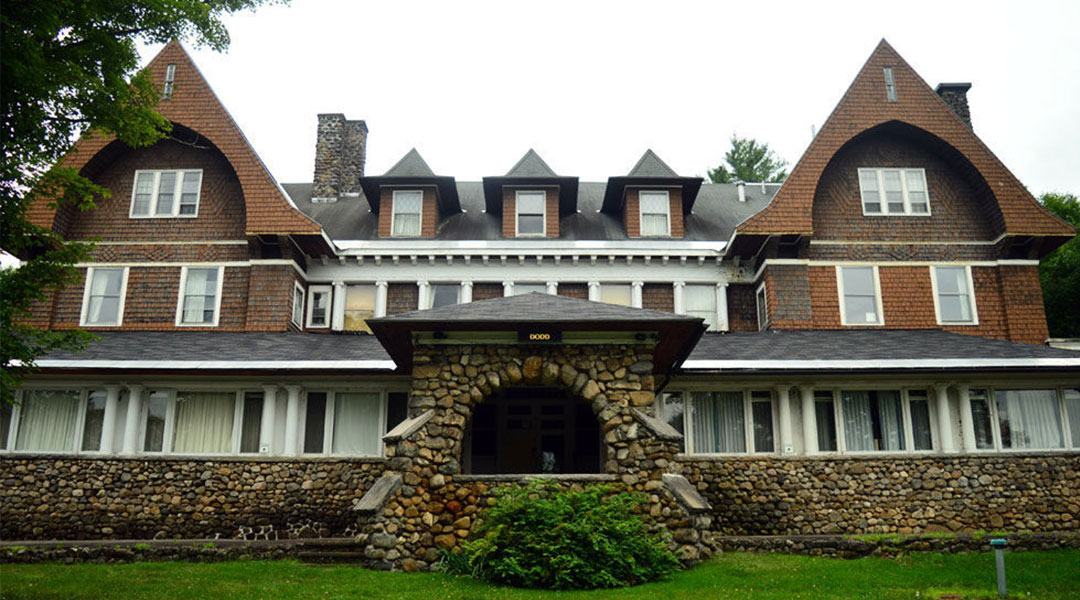
We crack open the spines of history and study how tuberculosis sanatoriums are a good way of showing architecture’s contribution to healthcare.
Tuberculosis is an age-old disease. Much research has said that evidence of the disease has even been seen in the spine of mummies from 2400-3400 BC. Fast forward to the medieval times in Europe the all the way to the industrial age, the “white plague” was an epidemic that ate up a quarter of Europe’s young adults. Those afflicted with the disease were seen to lose body weight, paleness, and sunken but bright eyes. In literature, the white plague was also called the “captain of death.”

In order to cope with the disease, people turned to natural remedies that centered on showering the patients with good food, lots of natural light and open, airy spaces. However, since the disease was an airborne type, it was necessary to help cure patients in wide, open spaces that gave the patients both enough space to breathe in natural air without infecting anyone else. Thus, sanatoriums were created.
READ MORE: Lighting Healthy Spaces: Interview with Jinkie de Jesus
The creation of sanatoriums was most popular in Europe in the mid-19th century. Originally, these started out as resorts in places now known as Poland, Germany, and Switzerland. Some cottages around the local mountains also served as the first type of sanatoriums until the structures evolved into buildings that were specially designed to provide dry fresh air and sunlight. Soon enough, the United States put up its first tuberculosis sanatorium in 1885.
Found in New York’s Adirondacks town, the structure was founded by doctor Edward Livingston Trudeau. The building was quite famous for having a glass-enclosed deck known as a “cure porch.” Here, patients spent their time resting on the porch recliners even during the winter time when they’d be wrapped under layers of blankets.
READ MORE: Anthology Festival 2021: Adapting Architecture That Brings Us Together in A Time of Separation

Another notable tuberculosis sanatorium was the Paimio Sanatorium by Alvar Aalto. Aside from the structure’s modernist style which highlighted a wide roof terrace, Aalto also crafted fixtures that aided in the healing process. One of these is the custom sink that minimized noise and splash due to its deep, well-like design.

Sanatoriums were then regarded as inspiration for modernist architecture. Soon enough, many other structures were built with flat roofs, wide terraces and balconies, and light-paletted rooms.
READ MORE: The Adaptation of Healthcare Facilities Amid the COVID-19 Crisis
In an interview with Beatriz Colomina, the author of X-Ray Architecture, Colomina said, “It could be that this is what actually made a whole generation convinced that it was a good idea to move away from all those wall coverings, carpets, and draperies of the 19th-century interior in favor of clean lines and clean architecture.”
From the tuberculosis epidemic in the 18th and 19th centuries to today’s COVID-19 pandemic, it is clear that healing does not just center on medicine. To get well, humans still need to live in good spaces that circle back to a natural and less stressful way of living alongside good doses of medicine, one that easily turns needs into affordable luxuries. A look into previous tuberculosis sanatoriums is a good way of showing architecture’s contribution to healthcare.
READ MORE: Volcanic Ash in Structures: Then and Now


